Preserving Indigenous Languages Through Technology
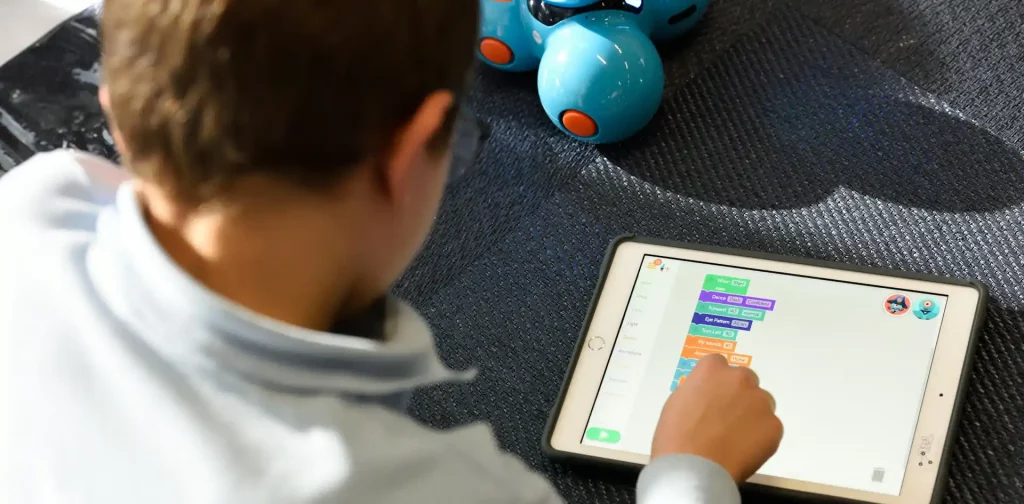
Photo: stem.T4L on Unsplash
Indigenous languages are essential to the identities and heritages of many communities worldwide. Unfortunately, a long history of colonialism and the fast pace of globalization have made some of these unique languages extinct and put even more at risk of disappearing. Mamutjitji Story, an educational digital app using the Ngalia language and culture, blends ancient heritage and modern technology to help preserve and revitalize an Indigenous language in Australia.
The Decline of Indigenous Languages
In Australia alone, over 250 Indigenous languages were spoken before European settlement. Today, only around 120 of these languages remain, and many are at risk of disappearing. The arrival of Europeans in the continent led to the loss of many languages and dialects. Many speakers died, and others were forced to switch to speaking different Indigenous languages, English, or Creole.
The loss of Indigenous languages is a profound issue. Language is deeply tied to cultural practices, knowledge systems, and social cohesion. The decline of these Indigenous languages are driven by factors such as colonialism, globalization, urbanization, and lack of institutional support.
Furthermore, the younger generation often lacks fluency in their ancestral languages due to the dominance of global languages such as English. Without intervention, the erosion of Indigenous languages will lead to the loss of invaluable cultural knowledge and heritage.
Mamutjiji Story Educational App
Mamutjitji Story was launched in May 2024. It is an interactive educational app for children, using the Ngalia language and stories belonging to the Ngalia Western Desert Aboriginal People. The Ngalia language is extremely endangered, with only three known speakers remaining today.
Funded by the Government of Australia and New Zealand, two Ngalia brothers, Kado Muir and Talbot Muir, co-wrote the app. The three Muir brothers are the only people in the world who can speak or understand Ngalia. They utilize a local Dreamtime story about the life cycle of the antlion (mamutjitji), a common desert insect, to teach both Aboriginal and modern science concepts.
Ngalia, though endangered, shares similarities with Mantjiltjintjarra and Ngaanyatjarra, two Western Desert Aboriginal languages spoken by thousands of native speakers. The app aims to introduce young children to Ngalia in the hopes of preserving the language and encouraging more people to learn and speak it.
Innovation for Indigenous Preservations
The app’s unique blend of traditional knowledge with modern technology serves as an inspiration for Indigenous communities globally. Kado Muir emphasizes the significant impact technology can have on fulfilling the goals of Indigenous Peoples. He said, “Technology and innovation is essentially what Aboriginal people have been doing for 60,000 years. If you’re in an Indigenous community anywhere in the world, don’t be afraid of technology. Use technology for your own purposes.”
Still, to effectively preserve Indigenous culture and language, ongoing support from governments and institutions is essential. This support ensures the continuity of cultural preservation efforts, including funding for language revitalization programs, community-led initiatives, and educational resources to promote the long-term resilience and sustainability of Indigenous cultures and languages.
Editor: Nazalea Kusuma

If you find this content useful, please consider subscribing to Green Network Asia.
Your subscription will give you access to our interdisciplinary and cross-sectoral insights on sustainability-related issues and sustainable development across the Asia Pacific and beyond, strengthening your personal and professional development while supporting GNA’s financial capacity to continue publishing content dedicated to public education and multi-stakeholder advocacy.
Select Your Subscription Plan

 Air Pollution Is Linked to Higher Dementia Risk
Air Pollution Is Linked to Higher Dementia Risk 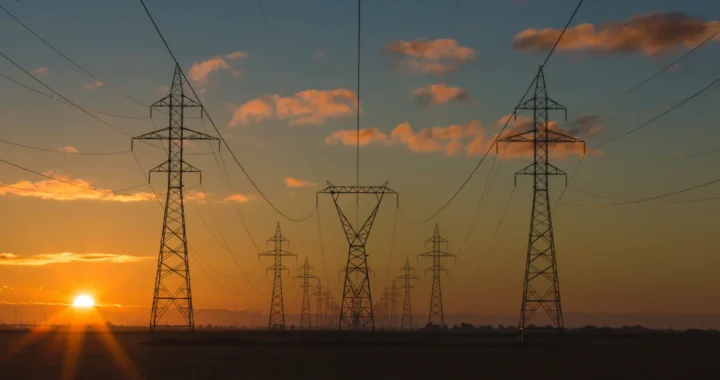 Developing Financing Initiatives for the ASEAN Power Grid
Developing Financing Initiatives for the ASEAN Power Grid 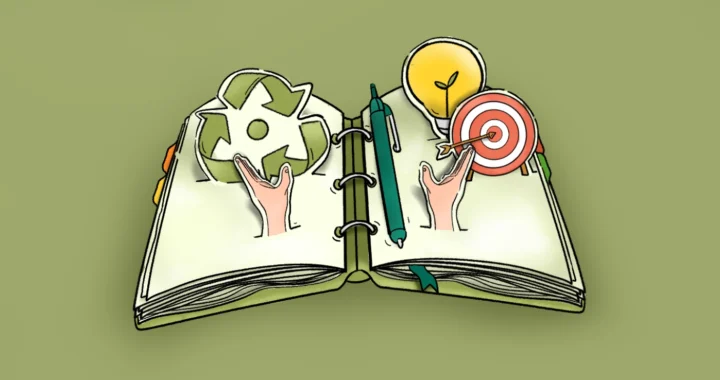 Imparting Actionable Knowledge Through Sustainability Training Activities
Imparting Actionable Knowledge Through Sustainability Training Activities 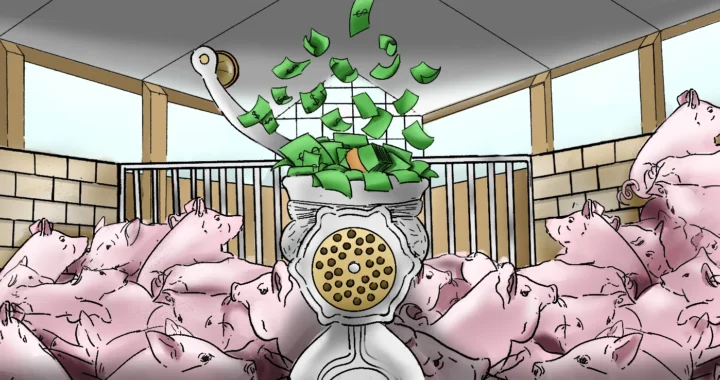 Stop Funding Factory Farming in Vietnam: Pathway to Financing a Just and Sustainable Food System
Stop Funding Factory Farming in Vietnam: Pathway to Financing a Just and Sustainable Food System  When Green Turns Excessive: The Overproduction and Overconsumption of Reusables
When Green Turns Excessive: The Overproduction and Overconsumption of Reusables 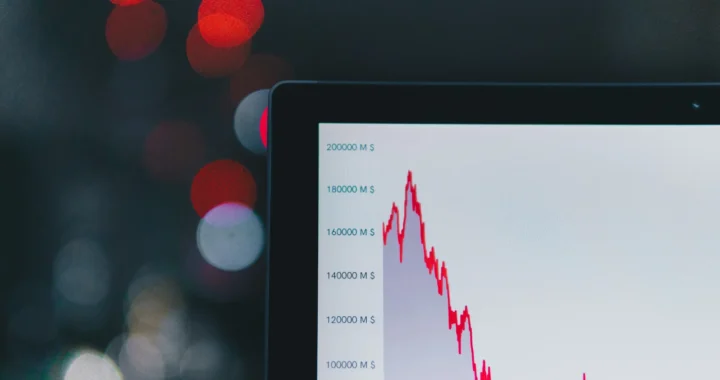 SDG Venture Scaler Aims to Drive Sustainable Investment in Southeast Asia
SDG Venture Scaler Aims to Drive Sustainable Investment in Southeast Asia